Showing 25 of 734 items meeting your criteria.
| | Type | Category | Supplier | |
|---|
| |
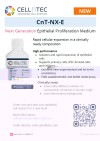 | Rapid cellular expansion in a clinically ready composition. |
Documents | Cell Culture | CELLnTEC | |
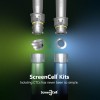 | A technology dedicated to the isolation of Circulating Tumour Cells (CTCs). |
Documents | Supplier Introduction | ScreenCell | |
 | Abnova offers the NanoAb™ service for the production of target-specific VHH antibodies from the camelid VHH library. |
Documents | Service | Abnova Corporation | |
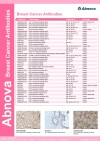 | Abnova provides a range of antibodies for Breast Cancer. |
Documents | Cancer | Abnova Corporation | |
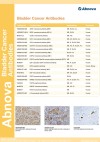 | Abnova provides a range of antibodies for bladder cancer. |
Documents | Cancer | Abnova Corporation | |
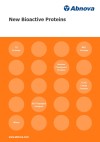 | Abnovas new bioactive proteins offer exceptional purity and confirmed bioactivity, making them indispensable for various research applications. These proteins, which include CD Proteins, MHC Proteins, Immune Checkpoint Proteins, FGFR Family Proteins, VLP-Displayed Antigens, and other targets, are produced using HEK293 mammalian expression systems to maintain their natural conformation and functionality. All bioactive proteins undergo functional assays to confirm their activity. Through rigorous HPLC analysis, all products achieve over 95% purity. Additionally, the endotoxin levels are less than 1EU/μg detected by the LAL method, ensuring that Abnovas bioactive proteins meet the highest standards for research and therapeutic development. |
Documents | Proteins | Abnova Corporation | |
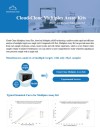 | Cloud-Clone Multiplex Assay Kits, based on Multiplex xMAP technology, enable to make rapid and efficient analysis of multiple targets in a single well. |
Documents | Multiplex Assays | Cloud-Clone Corp. | |
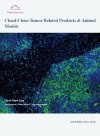 | Cloud-Clone provides tumour related products. |
Documents | Cancer | Cloud-Clone Corp. | |
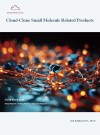 | Cloud-Clone has accumulated technology, equipment and a rich experience in small molecules and their derivatives modification, and complete antigen identification. They have developed a series of corresponding technical methods which can meet your experiment requirements quickly. |
Documents | Small Molecules | Cloud-Clone Corp. | |
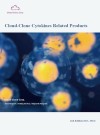 | Cytokines are a kind of low molecular weight, soluble proteins produced by the evolution of higher animals in response to the changes in the internal and external environment of organisms. Cloud-Clone provides multiple products related to cytokines. |
Documents | Cytokines | Cloud-Clone Corp. | |
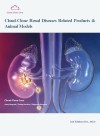 | Renal diseases are common diseases that seriously endanger human health, mainly including different types of nephritis, acute renal failure, kidney stones, renal cysts and so on. Cloud-Clone provides products for the study of renal diseases. |
Documents | Renal | Cloud-Clone Corp. | |
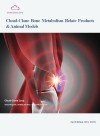 | Bone metabolism, including bone formation and bone resorption, is regulated by many factors. Cloud-Clone provides products for the study of Bone Metabolism. |
Documents | Metabolism | Cloud-Clone Corp. | |
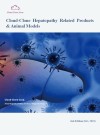 | Cloud-Clone provides a range of products for Hepatopathy. |
Documents | Liver | Cloud-Clone Corp. | |
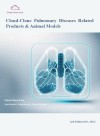 | Cloud-Clone provides 40 kinds of pulmonary disease-related targets, including proteins, antibodies and ELISA kits, which are widely used in detection of human, mouse, rat, pig, sheep and other species. |
Documents | Pulmonary Diseases | Cloud-Clone Corp. | |
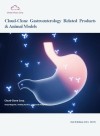 | Gastrointestinal diseases mainly refer to general inflammatory gastrointestinal diseases, peptic ulcer, gastric cancer, esophageal cancer, colorectal cancer andirritable bowel syndrome. Cloud-Clone provides a range of products for Gastroenterology. |
Documents | Gastro | Cloud-Clone Corp. | |
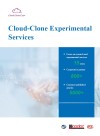 | Cloud-Clone has 4 experimental platforms: 1. Cell biology service, 2. Histopathology service, 3. Molecular biology service and 4. Animal model service. They provide a range of animal models for different diseases. |
Documents | Service | Cloud-Clone Corp. | |
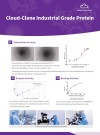 | Cloud-Clone provides Industrial Grade Proteins. |
Documents | Proteins | Cloud-Clone Corp. | |
 | Cloud-Clone has 15 years of technology accumulation and an SPF-level Laboratory Animal Room which they utilise to produce their 326 primary cells. |
Documents | Primary Cells | Cloud-Clone Corp. | |
 | Troubleshooting Guide for City-Mix media supplements, xeno-free cell boosters. |
Documents | Cell Culture | 3D Bio-Tissues | |
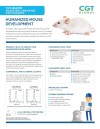 | CGT Global offers a large portfolio of highly viable and pure human CD34+ hematopoietic stem cells from cord blood, bone marrow, and G-CSF mobilised peripheral blood, as well as peripheral blood mononuclear cells (PBMCs), which have been successfully used to create humanised mouse strains for the study of human diseases. |
Documents | Biological Samples | CGT Global | |
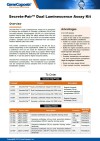 | Secrete-Pair™ Dual Luminescence Assay Kit is designed to analyze the activities of Gaussia Luciferase (GLuc) and Secreted Alkaline Phosphatase (SEAP) of a dual-reporter system side-by-side using the same sample from the cell culture medium. Both GLuc and SEAP are secreted reporter proteins. Samples can be easily obtained from cell culture medium without lysis of the cells. |
Documents | Enzymatic Activity Assay Kit | GeneCopoeia | |
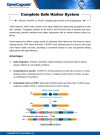 | Efficient CRISPR- or TALEN- mediated gene knock-in for transgenesis. |
Documents | Genome Editing Tools (CRISPR and TALEN) | GeneCopoeia | |
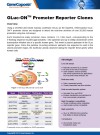 | Using a secreted and robust Gaussia Luciferase (GLuc) as the reported, GeneCopoeia GLuc-ON™ promoter clones are designed to detect the real-time activities of over 20,000 human promoters using live cell assays. |
Documents | Clones | GeneCopoeia | |
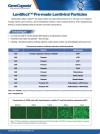 | GeneCopoeia offers Lentifect pre-made purified and ultra-purified lentivirus for in vitro and in vivo research, including reporter gene lentivirus, cell immortalisation lentivirus, Cas9 nuclease lentivirus, iPSc reprogramming lentivirus, exosome labelling lentivirus and other commonly used lentivirus. |
Documents | Lentiviral particles | GeneCopoeia | |
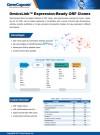 | GeneCopoeia offers the largest collection of ORF clones, with genome-wide coverage for human, mouse, and rat. All ORFs can be readily expressed in combination with a variety of fusion tags (fluorescence, antibody, solubility, purification or no tag), promoters and selection markers, for easy expression in different host systems. |
Documents | Clones | GeneCopoeia | |